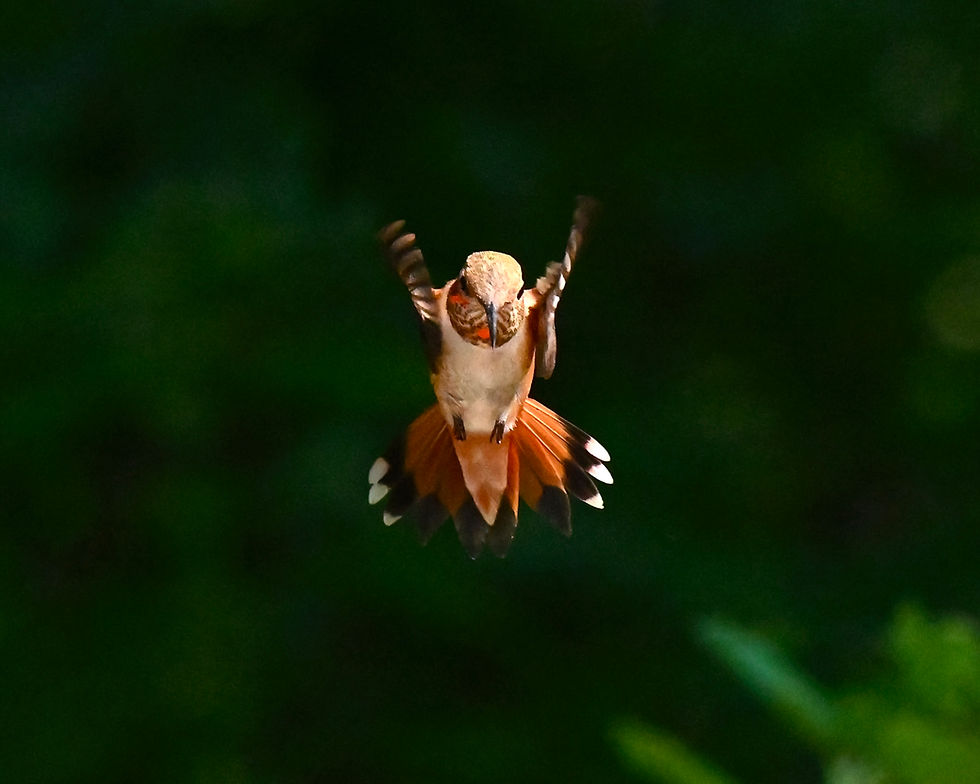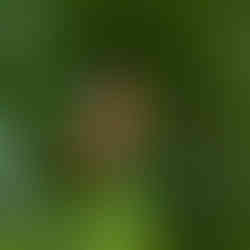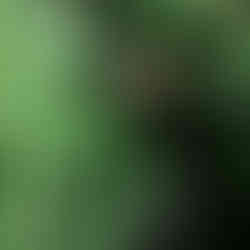Summer in Sugarite Canyon State Park
- Vicki Wilmarth
- Aug 3, 2024
- 3 min read

With only a three and a half hour drive, Rohn and I are able to put the 100 degree days of an Amarillo summer behind us, climb to almost 7000' in elevation, and enjoy cold mornings and warm afternoons at Sugarite Canyon State Park, near Raton, New Mexico. We try to camp there for at least a few days every summer before Rohn returns to teaching earth and space science to seniors at Caprock High School. We fish for Rainbow Trout in Lake Maloya, hike the trail through the remaining home foundations and mining equipment of the coal camp that was active there during the first half of the 20th century, and of course, photograph all the colorful birds that summer there.
Hummingbirds tend to be the most noticable birds in the campground, probably because many of the campers provide sugar water for them. But in July, the wildflowers are plentiful and the pleasant buzz of hummingbirds can be heard all over the state park. Sitting near the hummingbird feeder in our campsite, I had the opportunity to practice with the Nikon Z8 at shutter speeds of 1/4000 of a second to try to capture their glowing gorgets whenever they turned towards the sun in flight.
After watching them for even a few minutes, it becomes obvious that the male Rufuous Hummingbirds are very aggressive at guarding the feeders, trying to drive all other hummingbirds away even when the Rufous is not feeding.
Watching the birds at the feeders while reading a book on my Kindle is a lovely way to spend a few hours in the campground. But it is more exciting to spot a hummingbird feeding in the wild. Our last morning at Sugarite, I came upon this beautiful female hummingbird in perfect light dining on the flowers of a mullein plant. I was enthralled (and took way too many pictures).

Hummingbirds are not the only avian inhabitants of Sugarite Canyon. Very striking Lewis's Woodpeckers summer there, feeding like flycatchers from the tree tops instead of pounding the plentiful Ponderosa Pines and Gamble Oaks for insects like most woodpeckers.

Black-headed Grosbeaks and Spotted Towhees are abundant at Sugarite Canyon, along with Woodhouse's Scrub Jays, House Wrens, Indigo Buntings, Yellow-Breasted Chats, White-breasted Nuthatches, Lesser Goldfinches, and Western Wood Pewees. Unlike in years past, we didn't see any Stellar's Jays in the five days we camped there in 2024.
At the end of the road in the state park lies Lake Maloya, which provides water for the city of Raton and fishing, kayaking and hiking for the visitors. One of the highlights near the lake this year was a pair of nesting Ospreys, who had three big babies just about to fledge in mid-July. It was difficult to get good photos of the Ospreys from across the lake, but we enjoyed watching through the spotting scope while the juveniles practiced their "winging".
While fishing and birding along the shore of Lake Maloya, I saw baby American Coots for the first time and was surprised by how ugly they are. Usually, I can find beauty in almost all of God's creatures, but man, these very young birds have faces only a mother Coot could love!

A young Pied-billed Grebe on Lake Maloya was a much more pleasant sight!

As for the mammals, there are often bear sightings at Sugarite, but we didn't see any during this trip. We did see lots of Mule Deer, chipmunks and a beaver.

After experiencing significant damage in the Track Fire of 2011, Sugarite has recovered well. The scenery in 2024 was the greenest we have seen since before the fire. We had a hard time leaving our mountain respite, but we will return next year to beautiful Sugarite Canyon State Park.












































Comments